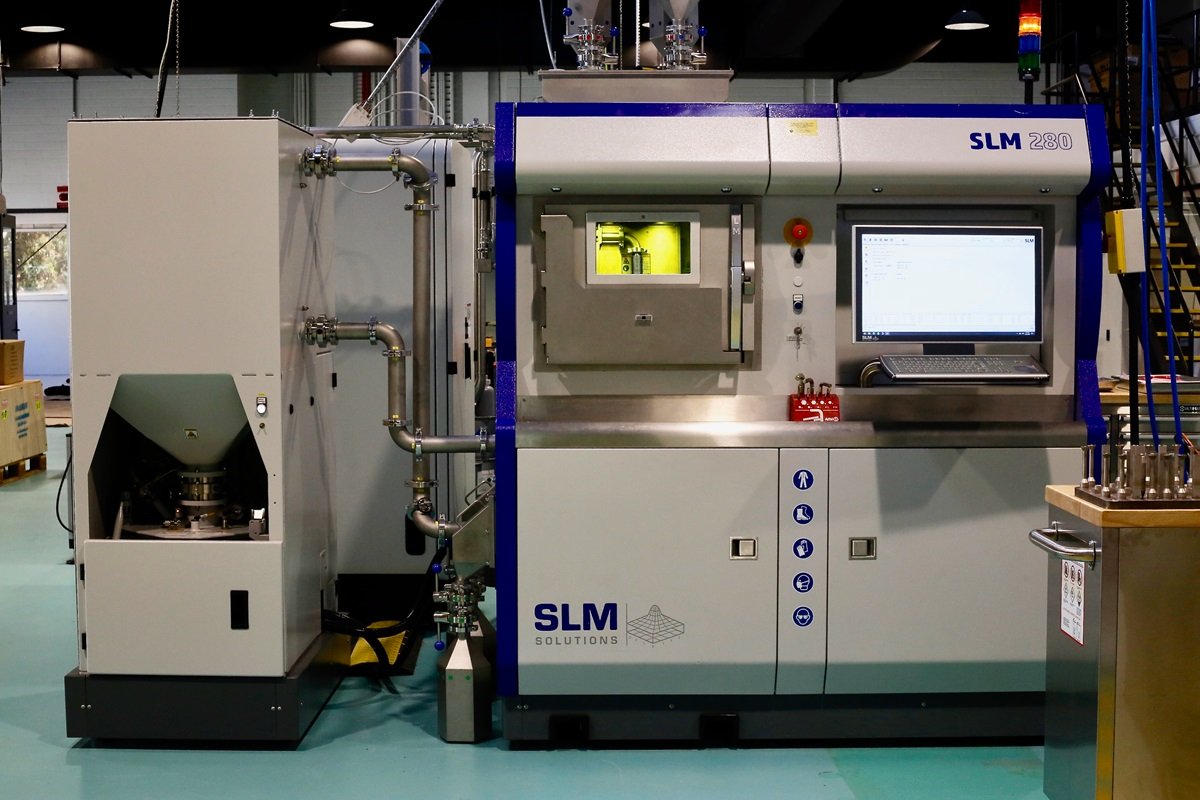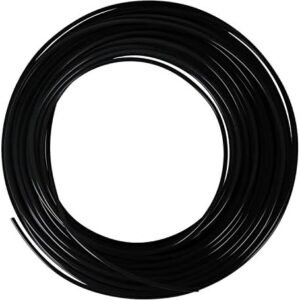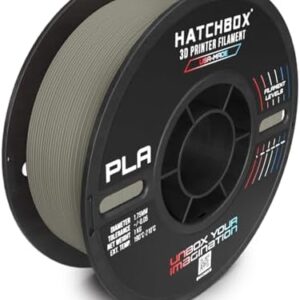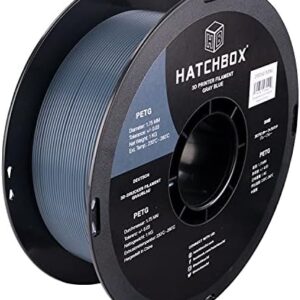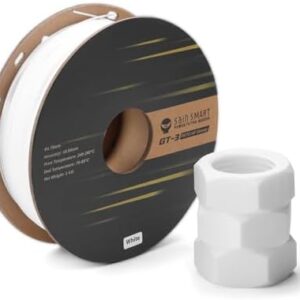The commissioning of a new multi-metal 3D printer in Melbourne as part of the iLAuNCH Trailblazer initiative aims to make space missions more affordable and efficient by creating lighter, faster and more robust aerospace components.
The Nikon SLM-280 (Selective Laser Melting) at CSIRO’s Lab22 facility prints metals side by side in a continuous print. The technology is ideally suited to aerospace, where high-performance and lightweight materials are the fundamental drivers of designs, giving engineers the design freedom to consolidate parts to reduce mass and cost and ultimately make strategic weight decisions when necessary.
“This capability is the first of its kind as a manufacturing machine in Australia, more specifically in the Southern Hemisphere, and iLAuNCH is excited to open up new manufacturing opportunities for locally manufactured products,” said Dr. Joni Sytsma, Chief Technology Officer of iLAuNCH Trailblazer.
“Australian companies producing satellites and rockets now have a real advantage in being able to optimize their designs and improve performance – all with shorter lead times here in Melbourne.”
“We anticipate that the additional capabilities of this technology may also produce novel superalloys capable of maintaining ultra-high strength at the ultra-high temperatures that hypersonic vehicles require to survive, with an eye toward hypersonic air travel in the future.”
The manufacturing costs for these complex geometries are very high when limited to conventional manufacturing processes.
In rocket engines, for example, liquid oxygen and fuel typically flow through the engine at extremely high pressure, which are then injected into the combustion chamber. Particularly on the oxygen side, significant protection of the metal surfaces against oxidative attacks on the metal must be guaranteed. This multi-metal printer allows the oxidative resistant layer to be produced in one operation with the structural metal, speeding up production times and ultimately reducing the cost of the resulting structure. Although rocket engines themselves are typically high-performance heat exchangers, this technology is also applicable to heat exchangers used in aircraft and high-performance ground vehicles such as Formula 1 and other racing cars. Because low weight, high strength and high heat exchanger efficiency are critical in racing, aerospace and defense, this technology and its advanced manufacturing capabilities will enable the development of novel aerospace products that will be of high value to the entire ecosystem are.
“We welcome Australian researchers and industry to access this technology for ultra-high performance applications at CSIRO’s Lab22 Innovation Centre, one of Australia’s leading centers for metallic additive manufacturing at CSIRO in Clayton, Victoria,” said Dr. Cherry Chen, Senior Research Scientist at CSIRO.
“Other possible applications to be considered include satellite structures and components, as well as the development of novel radiation shields with alloys, which are being developed in the various laboratories as part of the iLAuNCH Trailblazer.”
The multi-metal version of the SLM-280 significantly expands the already internationally proven standard model:
- A monolithic thrust chamber for a rocket engine with a unique lattice structure with CellCore GmbH, an engineering firm from Berlin.
- a hydraulic valve block with the VTT Technical Research Center of Finland, which achieved a size reduction of 66% and a weight reduction of 76%.
- a gooseneck mount for a reduced buy-to-fly ratio from 17 to 1.5 and a weight reduction of 31% at ASCO, a Belgian aerospace company.
This multi-material 3D printer is the only one of its kind in Australia and offers users a real advantage in additive manufacturing design.
“For decades, the technology used to join dissimilar metals together was primarily through hot isostatic pressure (HIP), or the actual welding or brazing of two unique metals into one component,” said Donald, global director, business development for aerospace and defense at Nikon SLM Solutions Gottfried.
“The delivery of laser powder bed fusion technology to create a truly functionally graded material component to CSIRO is the first time the technology has been brought out of Germany. This technology sets a new foundation for what is possible in the aerospace, defense and space industries.”
For iLAuNCH Trailblazer projects, SLM 280 technology will make potential space missions more affordable and efficient by creating lighter, faster and more robust space components.
iLAuNCH is building sovereign capabilities and a research and development (R&D) ecosystem that is critical for technology manufacturers in Australia to send their subsystems into space, which will lead to better outcomes for us here on Earth. Our aim is to help Australian businesses compete on a global scale and capitalize on commercial opportunities.
About iLAuNCH
The Australian Government Trailblazer Universities Program provides targeted investment to advance Australia’s innovation agenda at speed and scale.
The Innovative Launch, Automation, Novel Materials, Communications and Hypersonics (iLAuNCH) Trailblazer is a $180 million program to build Australia’s enduring space capability through project commercialization, a rapid accelerator and workforce development to build the future.
About CSIRO
Australia’s national science agency CSIRO provides access to specialist equipment and expertise to support the implementation of iLAuNCH Trailblazer projects.
Our additive manufacturing capabilities at Lab22 have played an important role in previous satellite missions, including 3D printing and cold spraying of satellite components. These include titanium/Invar hybrid materials that combine strength, lightness and thermal stability.
This version was originally published by the iLAuNCH Trailblazer initiative.
